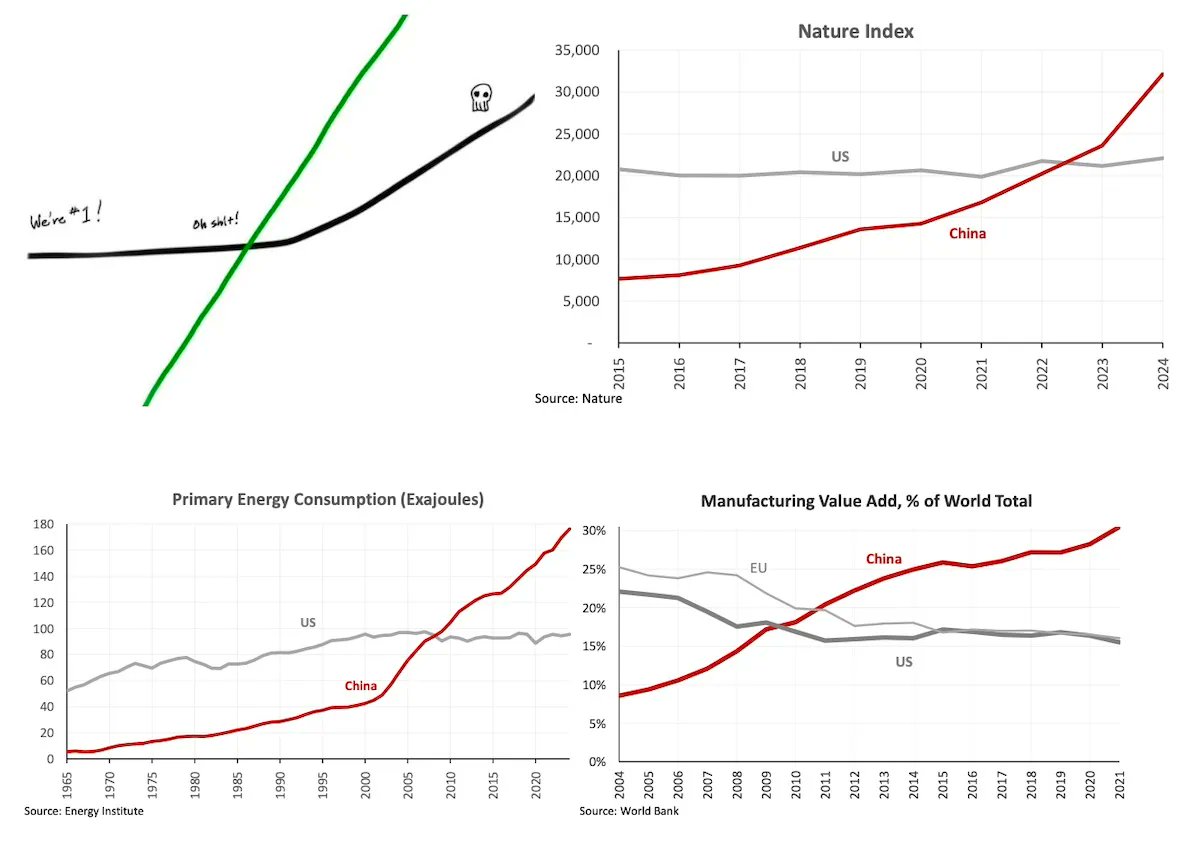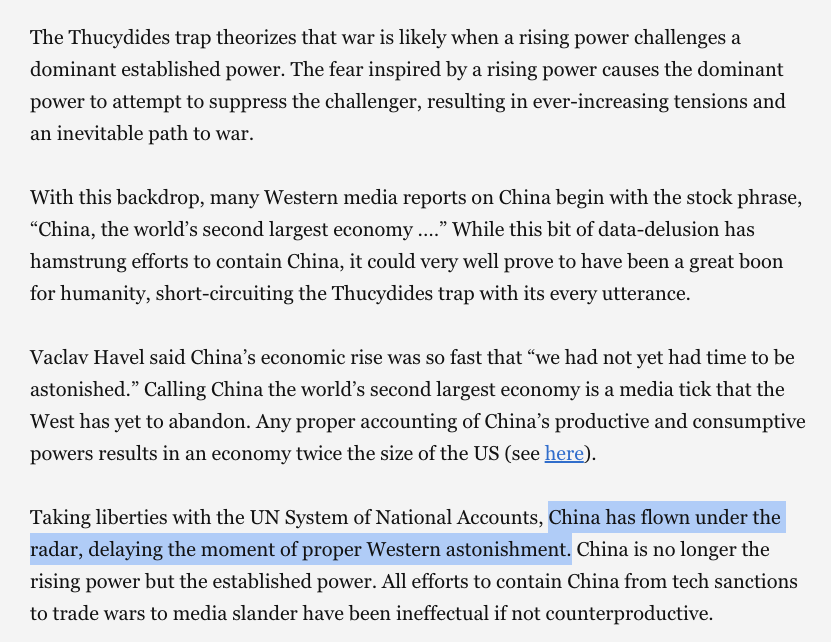How to limit volatility?
In web2, load balancers[1] improve worst case latency at the cost of a little guaranteed latency
In web3, collars[2] improve worst case financial expense at the cost of a little guaranteed expense
[1] cloudflare.com/learning/perfo…
[2] investopedia.com/articles/activ…

In web2, load balancers[1] improve worst case latency at the cost of a little guaranteed latency
In web3, collars[2] improve worst case financial expense at the cost of a little guaranteed expense
[1] cloudflare.com/learning/perfo…
[2] investopedia.com/articles/activ…


If you plot a histogram of latency before and after the introduction of a load balancer, you'll often find that average latency gets a bit worse (as you need to do two hops: load balancer and then server), but worst case latency gets way better.
Often an acceptable tradeoff.
Often an acceptable tradeoff.

Similarly, if you plot a histogram of expected financial profit before & after buying a collar, you'll find that the average profit gets a bit worse (due to the cost of the collar) but worst case profit gets way better.
Also often an acceptable tradeoff.
investopedia.com/articles/activ…
Also often an acceptable tradeoff.
investopedia.com/articles/activ…

Bitcoin ushered in the possibility of truly free markets, fully decentralized, high risk & high reward.
Often, however, thesis and antithesis form a synthesis. The success of stablecoins show how valuable volatility reduction can be in some contexts.
stablecoinstats.com
Often, however, thesis and antithesis form a synthesis. The success of stablecoins show how valuable volatility reduction can be in some contexts.
stablecoinstats.com

In web2, the financial plumbing[1] that makes things possible is hidden from users. The volatility is hidden, as is the cost in privacy.
In web3, that financial plumbing is made more transparent. The volatility is visible, as is the cost in coins.
[1] adbutler.com/blog/article/w…
In web3, that financial plumbing is made more transparent. The volatility is visible, as is the cost in coins.
[1] adbutler.com/blog/article/w…

Think about ads: how often do you click? And how often do you actually buy? Rarely, right?
That means conversions are rare events. Rarity means high financial variance. Giant web2 companies can buffer this variance, this volatility, so it's not visible.
Oh, but it exists.


That means conversions are rare events. Rarity means high financial variance. Giant web2 companies can buffer this variance, this volatility, so it's not visible.
Oh, but it exists.



This thread prompted in part by @levie's thoughtful comments.
In short, I recognize that we do need tools to control the visible financial volatility of web3's coins.
But I want to note that this is in some ways better than the *invisible* financial volatility of web2's ads.
In short, I recognize that we do need tools to control the visible financial volatility of web3's coins.
But I want to note that this is in some ways better than the *invisible* financial volatility of web2's ads.
• • •
Missing some Tweet in this thread? You can try to
force a refresh

















